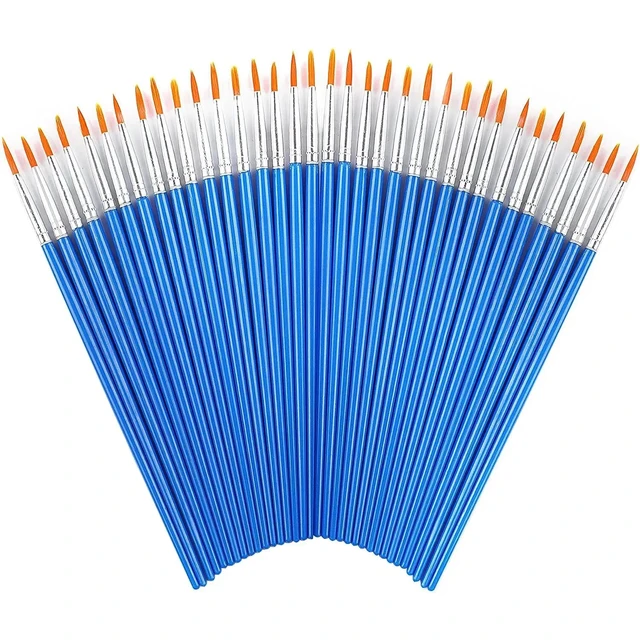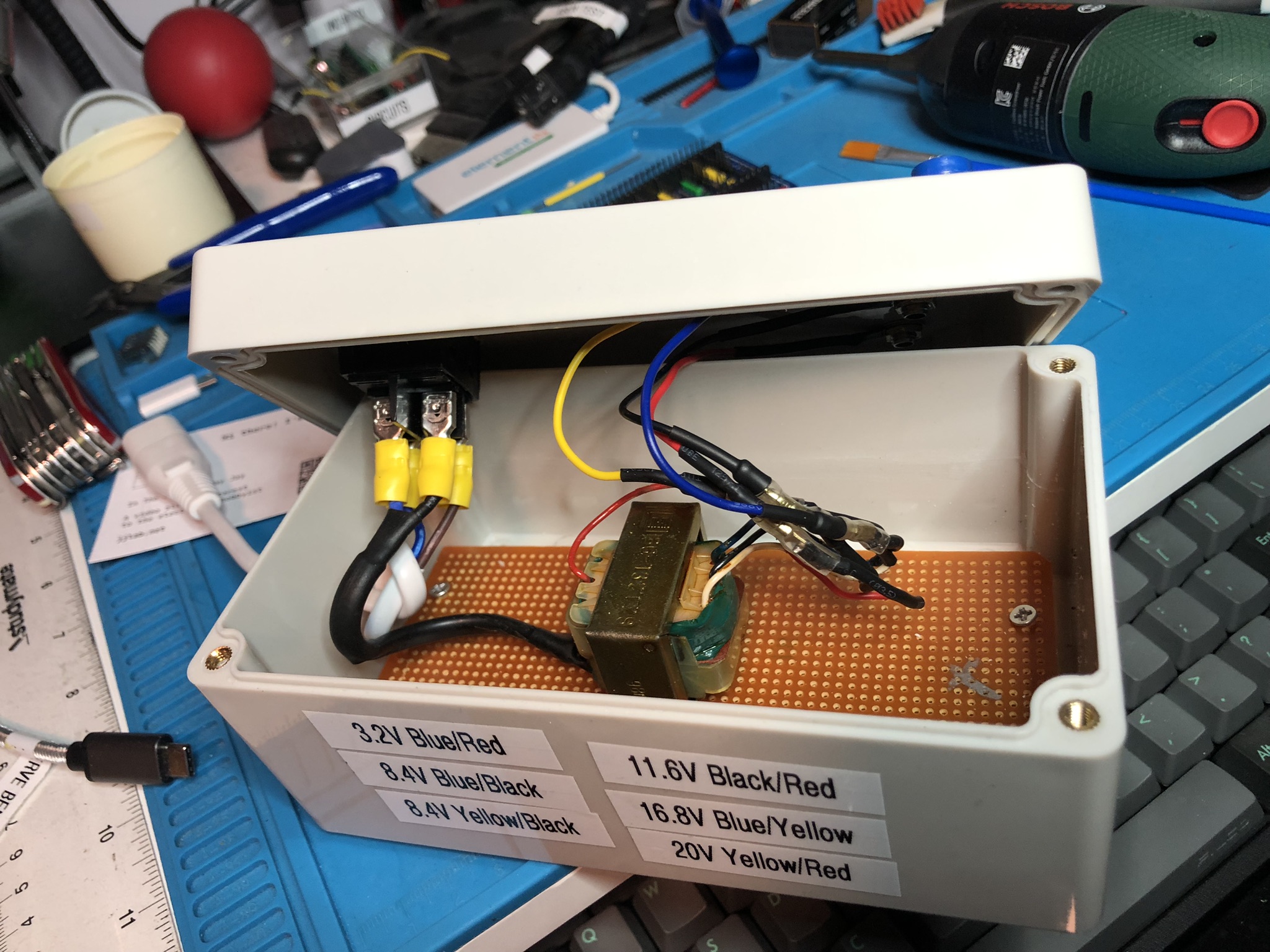I have a new post on Hackaday: An Induction Lamp Made On The Same Principle As Ordinary Fluorescent Lamp.
This Homebrew CPU Got Its Start In The 1990s
I have a new post on Hackaday: This Homebrew CPU Got Its Start In The 1990s.
Homebrew Computers Website
There are lots of cool projects over here: Homebrew Computers Website.
X-Ray Machine
This guy has gone full mad scientist:
Electronics Project #14: AC Power Supply from Sanyo RM6018 Clock Radio | In The Lab With Jay Jay
This post is part of my video blog and you can find more information about this video over here.
You can support this channel on Patreon: patreon.com/JohnElliotV
Silly Job Title: Current Connoisseur.
In this video we take the transformer from the power system of the Sanyo RM-6018 AM/FM Digital Clock Radio which we’ve been tearing down and put it safely in a project box complete with banana plug sockets, illuminated power switch, and power cable.
This is the project box we use: Project Junction Box for Electrical Cable Outdoor DIY Sealed IP67 Enclosure Wire Box 115x90x55mm Waterproof Electronic Cases (158x90x75mm).
This is the power switch we use: 5/20Pcs KCD4 Switch DPST 4/6Pin ON OFF Rocker Switch Toggle Switch with Led Light 16A 250V AC 25x31mm (Red 4PIN).
These are the banana plug sockets we use: 50Pcs/lot 4mm Binding Post Banana Test Connector 4mm Banana Female Socket Plug Terminals DIY Adapter Red Black Green Yellow Blue.
These are the lugs we use for the mains power wiring: 280pcs/set Cable Lugs Assortment Kit Wire Flat Female and Male Insulated Electric Wire Cable Connectors Crimp Terminals Set Kit (we use the yellow ones which are the largest).
This is the wire we use for output power wiring: 20 22 24 26awg ( 5 colors Mix Solid core Wire Kit ) Tinned Copper Electrical line Cable wires PCB Wire DIY (22 AWG).
These are the lugs we use for the output power wiring: 100Pcs 2.8mm 4.8mm 6.3mm Plug Spring Female Male Spade Cold Crimp Terminals Connector Car Speaker Electrical Wire Connectors Set (2.8mm, Gold-Male, Gold-Female, Sheath).
These are the M2 nuts and bolts we use for securing the transformer to the base: Total 400/650/1140/2100X M1.6 M2 M2.5 M3 M4 M5 304 Stainless Steel Hexagon Hex Socket Cap Head Screw Bolt Nut Set Assortment Kit (Set D 2100pcs).
We use the METCAL PS-900 Soldering Station for soldering.
We use the Fluke 17B+ Digital Multimeter to test the AC power output.
We use the Horusdy Soldering Station with Hot Air Gun to shrink our heat shrink.
We use the Bosch IXO VI Electric Screwdriver to install our screws.
We use the Brother P-Touch D210 Label Maker to make labels for our project box.
We use the Scotch Titanium Scissors to cut open various baggies.
We use the Carpenter Mechanical Pencil to mark out where we will cut or drill.
We use the Hakko CHP 3C-SA Precision Tweezers to work with our small M2 nuts and bolts and other things.
Thanks very much for watching! And please remember to hit like and subscribe! :)
Following is a product I use picked at random from my collection which may appear in my videos. Clicking through on this to find and click on the green affiliate links before purchasing from eBay or AliExpress is a great way to support the channel at no cost to you. Thanks!
Tenma 72-10505 Bench Power Supply notes notes |
Let’s go shopping!
How to Force Your Brain To Be Motivated (when you don’t feel like it)
DFUZ:
- Distinguish; feelings from thoughts from actions
- Fake; act like a motivated person and do the actions
- Uptime; spend more time on tasks as you get better at it
- Zone; make sure your environment is distration free, if you find yourself distracted make a note about what distracted you so you can remove it in future
I found Justin’s TEDx talk over here: Stop Studying. Start Learning.
Old Book Teardown #13: Student Manual for the Art of Electronics 2nd Edition (1989) | In The Lab
This post is part of my video blog and you can find more information about this video over here.
You can support this channel on Patreon: patreon.com/JohnElliotV
Silly Job Title: Surge Sage.
In this video we have a look at an old book, the Student Manual for the Art of Electronics (find on archive.org). This old book references The Art of Electronics 2ed, but The Art of Electronics is up to 3ed now. In this video we just flip through the book to see what is inside.
This book is made obsolete by Learning the Art of Electronics 2ed, which is an ongoing project of ours.
Thanks very much for watching! And please remember to hit like and subscribe! :)
Following is a product I use picked at random from my collection which may appear in my videos. Clicking through on this to find and click on the green affiliate links before purchasing from eBay or AliExpress is a great way to support the channel at no cost to you. Thanks!
Yutiars Round Paint Brushes notes notes |
Let’s go shopping!
Introduction to Wire Wrap
While searching for a tutorial on how to use wire wrap I found this ten year old Hackaday video from Bil Herd.
SMD Capacitor Doubles As Cheap SD Card Latch
I have a new post on Hackaday: SMD Capacitor Doubles As Cheap SD Card Latch
Back To The Future, 40 Years Old, Looks Like The Past
I have a new post on Hackaday: Back To The Future, 40 Years Old, Looks Like The Past.

